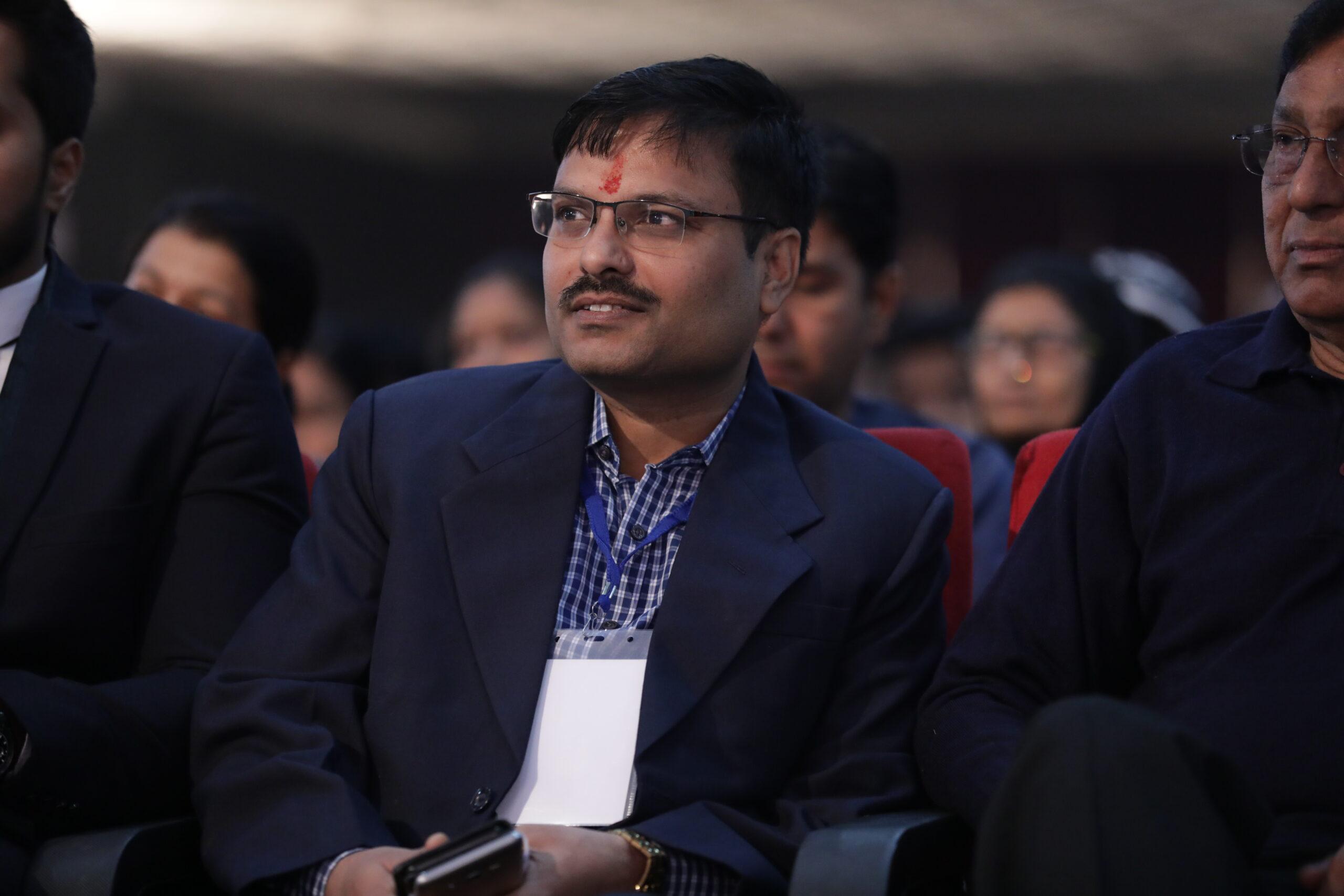Medical professionals regard dyskinetic cerebral palsy as a significant condition. It can often cause physical impairment in several people, mainly youngsters. People with disabilities thus have trouble using their muscles, resulting in sudden, repeated, and twisting movements. Children with athetoid CP experience alternating muscle tone issues. The inability to regulate muscle tone leads to cerebral palsy symptoms. Athetoid CP can also affect voluntary movement. For dyskinetic cerebral palsy, there is yet no effective treatment available. It helps children manage their symptoms effectively. Through therapy, children can become more self-sufficient.
The Cerebral Dyskinetic Palsy
Cerebral palsy (CP) affects both muscle control and mobility. Individuals with CP face lifelong challenges. The condition impacts their ability to move and control their muscles effectively. Over time, these effects can cause various physical difficulties. Children with this problem are difficult to control their muscle movements. Involuntary motions brought on by dyskinetic cerebral palsy might be swift or slow. Due to these movements, children may find it challenging to carry out daily duties.
Additionally, they may have tense muscles and erratic movements. This kind of cerebral palsy may impact speech and coordination. Their movements are abrupt and twisted.
Other forms of cerebral palsy can include “floppy” or rigid muscles (hypotonic CP) and balance and gait issues (ataxic CP). Mixed pattern CP refers to children with more than one type of cerebral palsy.
Furthermore, a child’s kind of CP may occasionally change over time.
Possible Causes and Reasons of Dyskinetic Cerebral Palsy
Injury to specific basal ganglia leads to different types of dyskinetic cerebral palsy. The type experienced depends on which structures are damaged. Bilirubin in sever jaundice (kernicterus) cross the brain in neonates, that can harm the basal ganglia in infancy. It is the commonest cause of dyskinetic CP.
The Athetoid Cerebral Palsy Symptoms
High muscular tone results in rigid and jerky motions. In contrast, low muscle tone can lead to poor coordination and difficulties performing regulated movements. Low muscle tone induces floppiness in the muscles, resulting in difficulty sitting straight.
The most prevalent symptoms related to athetoid CP are:
- Involuntary movements
- Tremors
- Poor posture
- Unsteadiness
- Twisting the torso
- Slow, writhing movements
- Abrupt motions
- Grimacing or drooling
The symptoms of athetoid CP vary depending on whether the damage was limited to the basal ganglia or included both the cerebellum and the basal ganglia. If both areas are affected, there will most certainly be issues with balance and coordination.
Parents and caregivers typically notice evidence of involuntary or jerky movements in their child when it is nine months or older. An infant may demonstrate signs such as constantly bending and stretching its arms and legs while lying on its back, as well as frequent twisting and turning of its head. In many young children, erratic movement may indicate a developmental delay, although it does not always indicate cerebral palsy.
Athetoid cerebral palsy may exist in a child who:
- Do not kick legs.
- Appears stiff or inflexible or change in stiffness.
- Seems limp.
- Does not hold up the head at three months old.
- Do not reach for objects.
- Does not grin by the age of three months.
- Does not roll over.
Diagnosing Athetoid Cerebral Palsy
Your child’s provider may interview you and their caregiver. They will ask about the indicators you’ve noticed. They will want to know what symptoms your youngster exhibits. Your child will need physical examination and testing. Throughout the physical exam, they will evaluate your child’s motor skills and coordination. They will assess how well your youngster moves and performs tasks. This assessment helps understand any physical limitations.
Expectations With Athetoid Cerebral Palsy for Children
Involuntary motions in athetoid cerebral palsy are typically severe. These movements can affect daily tasks. For example, they may influence how your child combs their hair. They can also impact how your child gets ready. He may feel difficulty in walking and balance.
Children with this condition may struggle with balance. Involuntary muscle movements can cause high energy expenditure, causing them to expend more energy than they take in, leading to underweight issues. Your child’s healthcare professional will monitor their weight closely and track feeding patterns.
What Are the Dyskinetic Cerebral Palsy Treatments?
Your team can offset you the best treatments that will most likely include:
- Physicians
- Therapists
- Behavioral specialists
- Social workers
- Education specialists
Who Can Develop Cerebral Palsy?
Early birth and low birth weight are two important risk factors for cerebral palsy. Mainly at risk are babies born before 28 weeks of pregnancy. Their chances of developing cerebral palsy increase. Infants under 3.3 pounds face a 5% to 15% risk. The risk grows with lower birth weights and earlier delivery.
Other risk factors are:
- Multiple births, including twins and triplets
- Jaundice & infection during pregnancy or just after birth
- Maternal drug use.
- Preeclampsia
Prognosis of individual diagnosed with Dyskinetic Cerebral Palsy?
Individuals with severe disability could not live as long. Respiratory disorders such as pneumonia are the leading causes of early death in persons with cerebral palsy. But mild affected individual with dyskinetic cerebral palsy may survive longer as normal population.
Movement capacity and other symptoms may have long-term effects depending on the specific type of cerebral palsy. Generally, individuals with CP who can walk independently start walking before age three. Those who need assistance typically begin walking by the age of six. Children with Mild affection walk till the age of 50s but moderate affectted may stop walking at 20 year age
Conclusion
This condition often appears unexpectedly. However, it can be effectively treated with appropriate therapy and aftercare. Families can manage their issues with the proper strategy. Good treatment can enhance one’s quality of life and mobility. Regular follow-up care ensures progress and addresses any new concerns.







